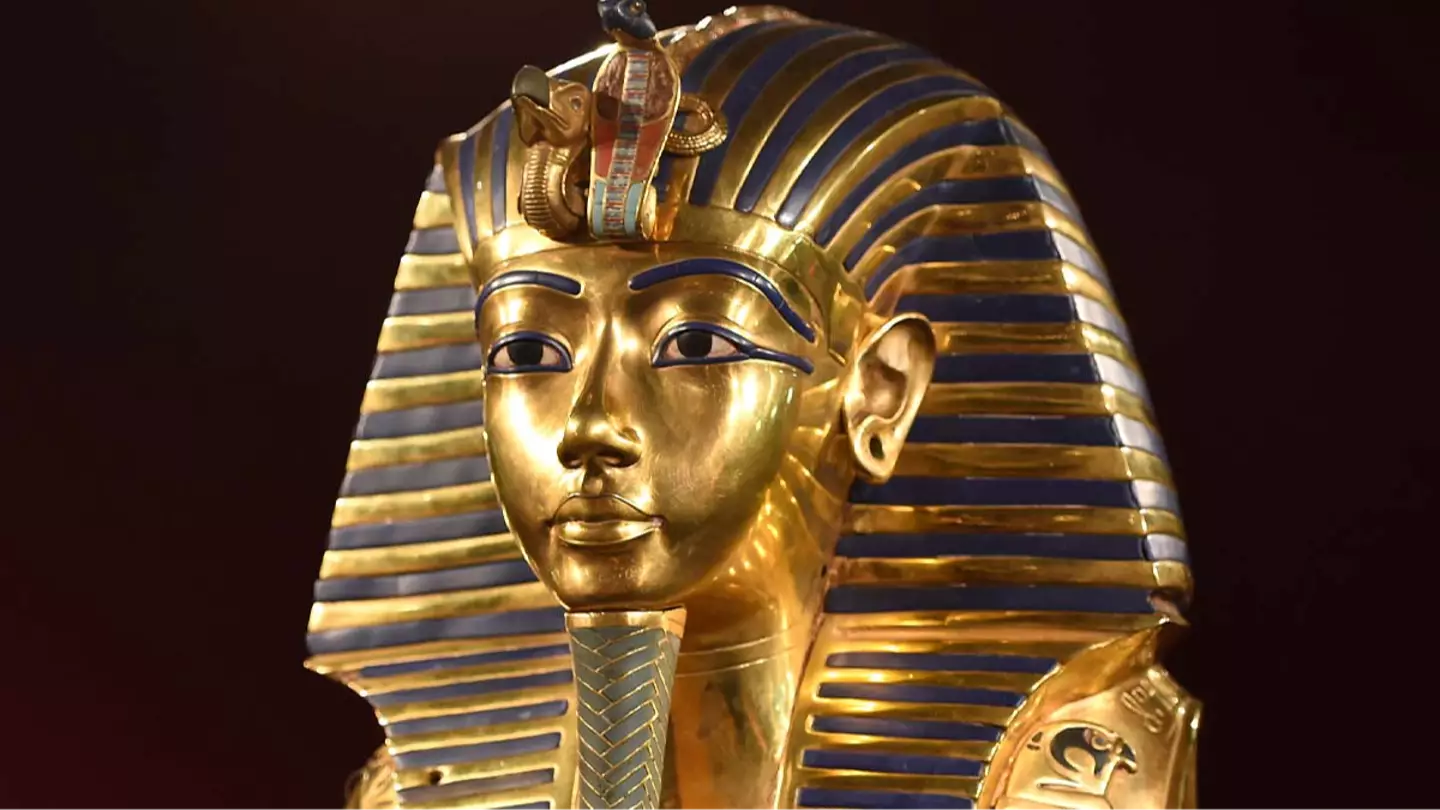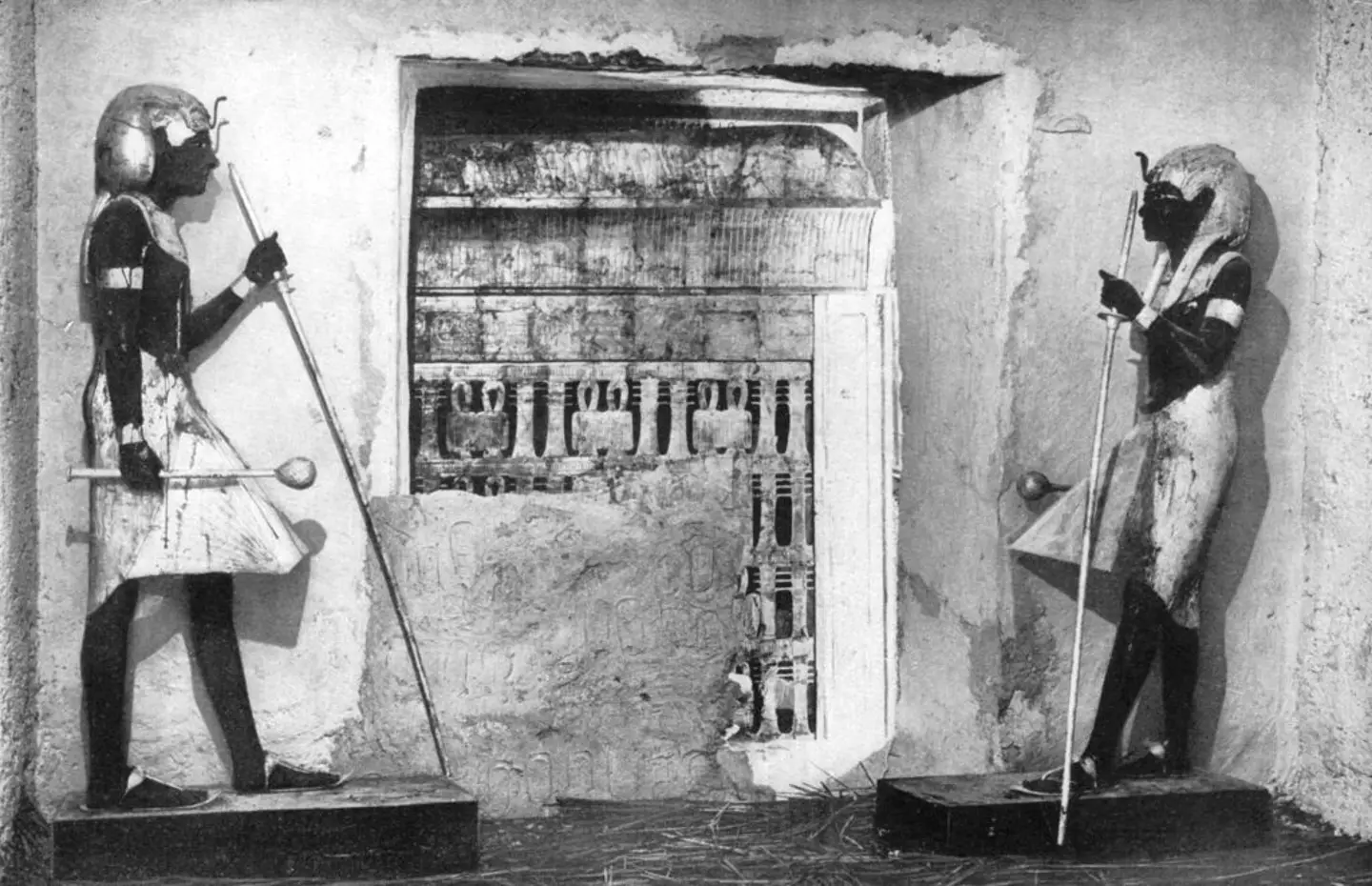
Information about King Tut’s parents was revealed after decades of speculation and two years of intense DNA testing and scans.
The late king died around 1323 BC at the age of 18 or 19, having come into power at the young age of 10.
There’s been many, many questions about the Egyptian pharaoh ever since his death, with historians and scientists across the globe trying to piece together the many mysteries about him.
One thing that people have long pondered is King Tut’s cause of death which, with the help of modern day technology, scientists were able to work out after his tomb was located in 1922.
It was suggested that he had been murdered, but a 2005 CT scan debunked this theory.
It was also thought that the young king died from complications linked to a broken leg, with his wound having likely become infected.
But newer DNA testing also discovered that King Tut had malaria at the time of his death. It’s likely that the illness contributed to his passing.
In a 2010 study published in the Journal of the American Medical Association, it said, as per The Guardian: “A sudden leg fracture possibly introduced by a fall might have resulted in a life threatening condition when a malaria infection occurred.”
These weren’t the king’s only health woes though, apparently he had ‘multiple disorders’ and needed canes to walk. 130 walking sticks and canes were discovered in Tutankhamun’s tomb.

A forensically accurate organic replica of Tutankhamun’s mummy (Kiran Ridley/Getty Images)
With these ailments in mind, it’s believed that King Tut may have been a child of parents who were siblings, Howard Markel, a medical historian at the University of Michigan, said at the time.
Children born to parents who are so closely related to each other would be prone to genetic problems, he said.
Both King Tut and his father reportedly had cleft palates. He also had a clubfoot like his grandfather.
Other than his parents being siblings, little is known about King Tut’s mom and dad.

A glimpse of King Tut’s tomb seen in 1922 (The Print Collector/Print Collector/Getty Images)
Brother-sister marriages were common among Egypt’s pharaohs.
While King Tut did have some health issues, the 2010 study’s findings disproved people’s theories that Tutankhamun and members of his family suffered from rare disorders that gave them feminine attributes and misshapen bones (such as Marfan syndrome).
The article stated: “It is unlikely that either Tutankhamun or Akhenaten actually displayed a significantly bizarre or feminine physique.”


